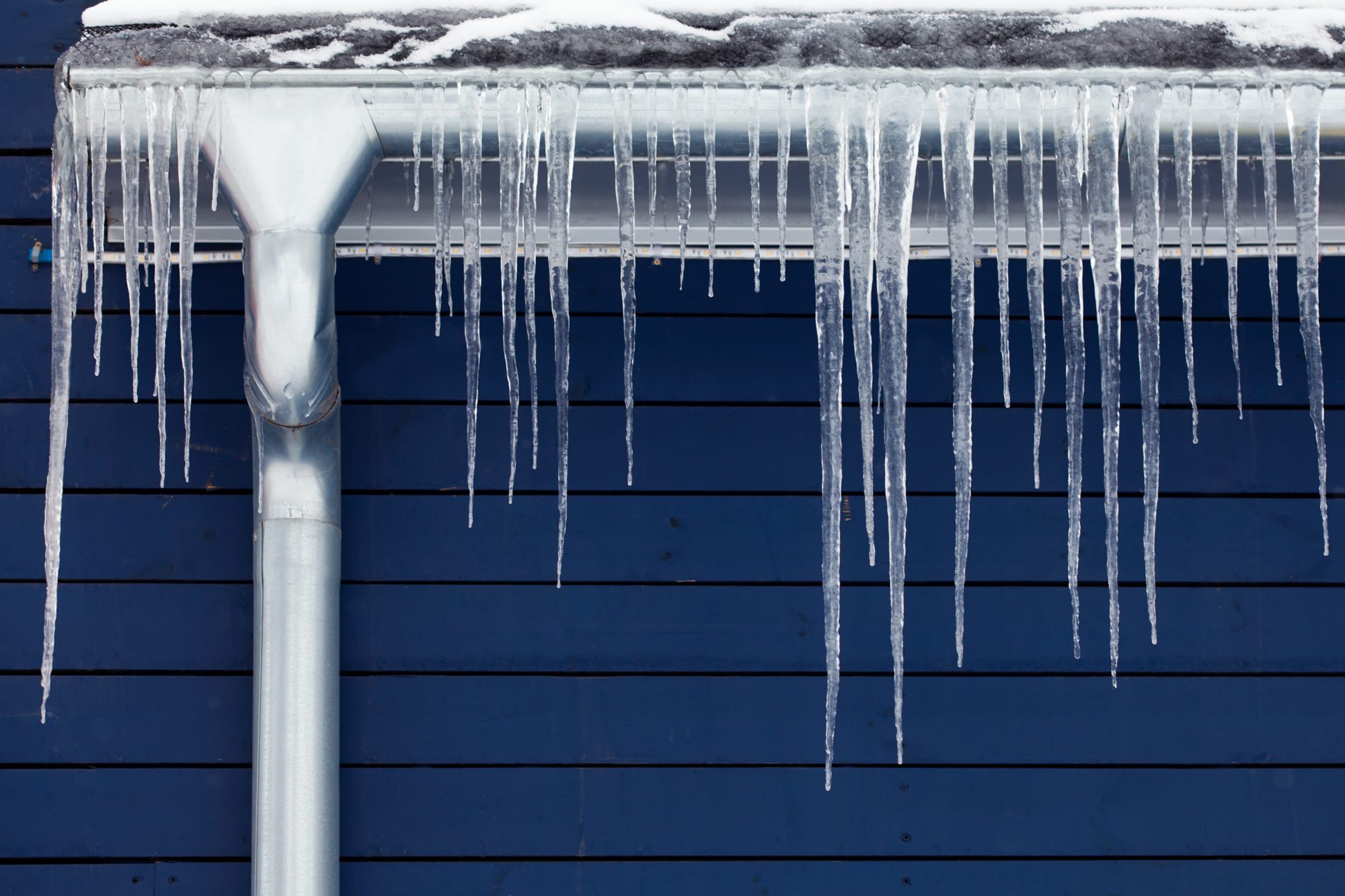Crucial Advice to Prevent Frozen Plumbing in Winter: Expert Insights
Crucial Advice to Prevent Frozen Plumbing in Winter: Expert Insights
Blog Article
The article author is making several great points about How to Prevent Your Pipes From Freezing as a whole in the article just below.

Cold weather can damage your pipes, specifically by freezing pipelines. Here's how to avoid it from occurring and what to do if it does.
Intro
As temperature levels decline, the threat of icy pipelines rises, possibly leading to costly repairs and water damage. Recognizing just how to stop icy pipes is important for house owners in cold climates.
Avoidance Tips
Protecting susceptible pipelines
Cover pipes in insulation sleeves or make use of warm tape to secure them from freezing temperature levels. Concentrate on pipelines in unheated or exterior locations of the home.
Home heating strategies
Keep indoor areas adequately heated up, particularly areas with pipes. Open closet doors to enable cozy air to circulate around pipes under sinks.
Just how to recognize frozen pipelines
Seek decreased water flow from taps, uncommon smells or sounds from pipes, and visible frost on subjected pipes.
Long-Term Solutions
Structural changes
Take into consideration rerouting pipes away from exterior walls or unheated locations. Add extra insulation to attic rooms, cellars, and crawl spaces.
Updating insulation
Invest in high-grade insulation for pipelines, attic rooms, and wall surfaces. Appropriate insulation assists preserve consistent temperatures and reduces the threat of frozen pipelines.
Securing Outdoor Pipes
Garden tubes and outside taps
Disconnect and drain pipes garden pipes prior to wintertime. Mount frost-proof spigots or cover outside faucets with protected caps.
Recognizing Frozen Pipelines
What creates pipes to freeze?
Pipelines freeze when revealed to temperature levels listed below 32 ° F (0 ° C) for expanded periods. As water inside the pipes freezes, it broadens, taxing the pipeline wall surfaces and possibly causing them to burst.
Risks and problems
Frozen pipes can result in water system interruptions, residential or commercial property damage, and expensive repairs. Burst pipelines can flooding homes and trigger comprehensive structural damages.
Indications of Frozen Pipeline
Identifying icy pipes early can prevent them from breaking.
What to Do If Your Pipes Freeze
Immediate activities to take
If you presume frozen pipelines, keep taps open to soothe pressure as the ice thaws. Use a hairdryer or towels taken in hot water to thaw pipelines gradually.
Final thought
Protecting against frozen pipes calls for proactive procedures and fast responses. By comprehending the reasons, indicators, and preventive measures, house owners can shield their pipes during cold weather.
5 Ways to Prevent Frozen Pipes
Drain Outdoor Faucets and Disconnect Hoses
First, close the shut-off valve that controls the flow of water in the pipe to your outdoor faucet. Then, head outside to disconnect and drain your hose and open the outdoor faucet to allow the water to completely drain out of the line. Turn off the faucet when done. Finally, head back to the shut-off valve and drain the remaining water inside the pipe into a bucket or container. Additionally, if you have a home irrigation system, you should consider hiring an expert to clear the system of water each year.
Insulate Pipes
One of the best and most cost-effective methods for preventing frozen water pipes is to wrap your pipes with insulation. This is especially important for areas in your home that aren’t exposed to heat, such as an attic. We suggest using foam sleeves, which can typically be found at your local hardware store.
Keep Heat Running at 65
Your pipes are located inside your walls, and the temperature there is much colder than the rest of the house. To prevent your pipes from freezing, The Insurance Information Institute suggests that you keep your home heated to at least 65 degrees, even when traveling. You may want to invest in smart devices that can keep an eye on the temperature in your home while you’re away.
Leave Water Dripping
Moving water — even a small trickle — can prevent ice from forming inside your pipes. When freezing temps are imminent, start a drip of water from all faucets that serve exposed pipes. Leaving a few faucets running will also help relieve pressure inside the pipes and help prevent a rupture if the water inside freezes.
Open Cupboard Doors
Warm your kitchen and bathroom pipes by opening cupboards and vanities. You should also leave your interior doors ajar to help warm air circulate evenly throughout your home.

We were shown that editorial about 6 Ways to Prevent Frozen Pipes from a buddy on a different web address. In case you enjoyed reading our page please remember to pass it around. I praise you for your time. Return soon.
Schedule Today Report this page